Caused by the wear and tear of a protein substance called cartilage, osteoarthritis is a type of arthritis that eventually leads to the complete loss of the cartilage of the joints. Cartilage serves as a cushion between the bones in your joints. With the degeneration of cartilage, the bone next to it becomes inflamed and even stimulates the growth of a new bony protrusion, called a 'spur'. Since the joints in your fingers and hands are quite delicate and work together in a well-coordinated way, they are likely to become inflamed and cause serious problem when you develop osteoarthritis in hands and fingers. Let's find out what to do in this situation.
Signs of Osteoarthritis in Fingers
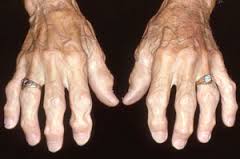
Osteoarthritis can cause serious pain in your fingers. If left untreated, you may experience several complications, including deformity and a complete loss of function. Here are some other signs:
- Pain: You will experience a dull, burning sensation in your finger when your osteoarthritis is still in its early stages. The pain becomes severe when you have to use your hands extensively. With time, more cartilage deteriorates, leaving no protective cushion between your joints. This leads to pain even when you do not use your fingers and hands.
- Swelling: In the absence of the tissue and cartilage, those delicate joints in your fingers become inflamed. This also causes the tissues that line the joint to swell. Your hands and fingers may look more puffy than usual due to this swelling.
- Stiffness: You may also experience stiffness in your joint caused by swollen cartilage and tissues. Joint stiffness is usually worse in the morning. You may also notice your joints become stiffer after using your hands for an extended time.
- Cysts: Mucous cysts that are small sacs filled with fluid may develop when you have osteoarthritis in fingers. These cysts may look like ridges or dents, and usually appear at the end of your finger – they may even occur under your fingernail. They usually affect older people and can be up to ¼-inch in size.
- Deformity: Your fingers look deformed because the cartilage wears away unevenly. With time, the ligaments and tissues designed to help keep the joints in place become weak. These two issues cause deformities in your hands and fingers.
- Grinding in joints: Under normal circumstances, you do not feel your joints grinding together because a layer of cartilage is still intact. The loss of this layer allows the joints to touch each other and causes a grating or grinding sensation.
- Warmth: With a joint sustaining serious damage, you develop inflammation in the tissues and ligaments around that joint. Your joint may look red and feel warm to touch because of this inflammation.
- Bone spurs: Your body tries to repair any damage to your joints by creating extra bone, called a bone spur. These knobby growths can make your hands and fingers look deformed. Over time, bone spurs make it difficult for you to use your fingers properly.
Treatments for Osteoarthritis in Fingers
The treatment involves taking steps to eliminate or reduce pain and restore mobility. Your doctor may opt for nonsurgical treatments first. For instance:
- They give you medications, including analgesic or anti-inflammatory drugs. They may also give you steroid injections for pain relief.
- They ask you to wear wrist or finger splints to keep your hands in a good position during certain activities.
- They give you capsaicin cream or suggest other topical treatments for relief.
- They often recommend heat treatments, such as paraffin baths.
- They teach you exercises to help make your joint more flexible.
It is equally important to rest the joint to relieve pain and inflammation. However, you have to undergo surgery when your pain is too severe and does not respond to nonsurgical treatments. They may recommend joint fusion that involves fusing the bones together or opt for joint reconstruction that involves replacing the joint surface with tissue such as tendons.
Exercises for Osteoarthritis in Fingers
You can try several exercises to add a degree of flexibility in the tendons. Certain exercises also help strengthen your joints. Be sure to soak your hands in warm water for some time before performing the exercise. It is even better to perform some of the following exercises with your hands submerged in warm water. It helps because the buoyancy of water reduces stress on your joints and makes it easier to move your fingers.
1. Finger Joint Blocking
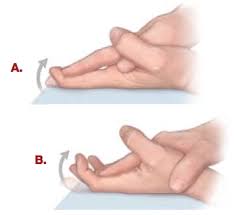
- Lay your hand on a table with palm side up.
- Use your opposite hand to hold the fingers of your affected hand just below the end joint.
- Keeping the rest of the fingers straight, bend and straighten one finger at the end joint only. Repeat for other fingers too.
- Keeping your hand in the same position, now bend and straighten your fingers at the middle joint. Do one finger at a time.
2. Finger Touch
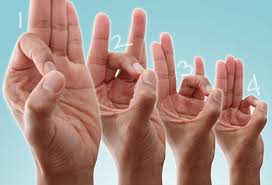
- Open your hand and stretch your thumb to touch the pad below your little finger.
- Release and then stretch your thumb again to touch the tip of your pointer finger. Then, continue touching your ring finger and index finger as well. Repeat.
3. Finger Curls
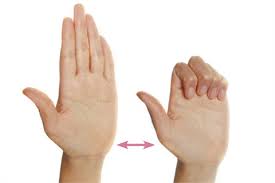
- With your wrist straight, extend your fingers gently.
- Spread your fingers as much as you can and then make a loose fist.
- Be sure to keep your thumb outside your fist.
4. Finger Stretch
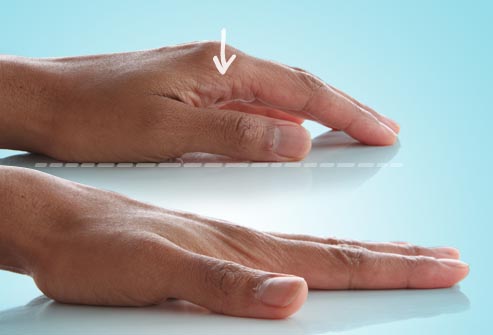
- Place your hand on a table with palm facing down.
- Straighten your fingers gently without putting too much pressure on your joints.
- Hold that stretched position for 30-60 seconds and return to the starting position.
- Repeat four times per hand.
5. Claw Stretch
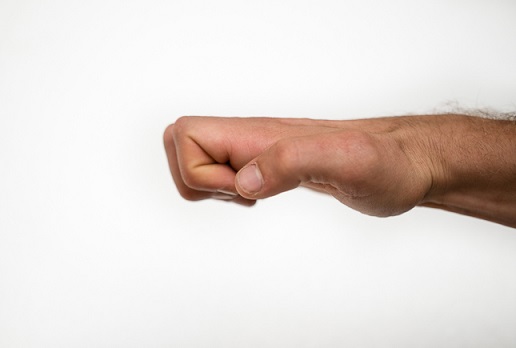
- With palm facing you or down, extend your hand out in front of you.
- Try bending your fingertips gently to touch the base of each joint. It will make your hand look like a claw.
- Maintain the stretch for 30-60 seconds and return to the starting position.
- Do it four times per hand.
6. Grip Strengthener
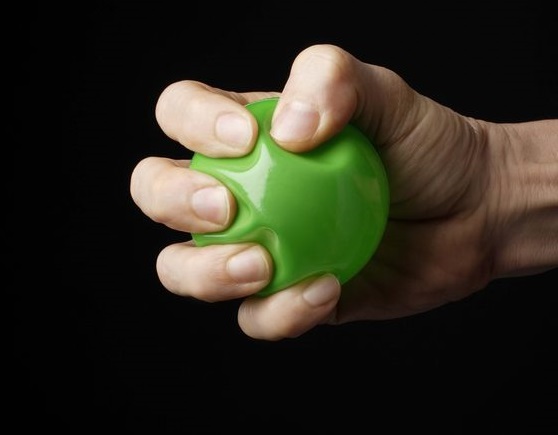
- Get a soft ball and hold it in your palm.
- Squeeze it hard for a few seconds and then relax.
- Be sure to squeeze the ball as hard as you can and repeat 10 times on each hand. Do it thrice a week, but give your hands enough rest in between sessions.
- Avoid the exercise if your thumb joint is affected.
7. Thumb Stretches
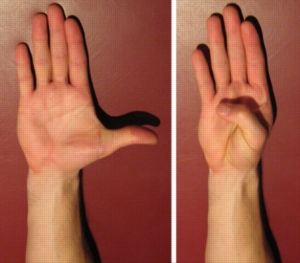
- With your palm facing you, hold your hand out and bend the tip of your thumb toward the base of your pointer finger. Hold the stretch for 30-60 seconds. Repeat 4 times.
- With the same starting position, stretch your thumb gently across your palm. Use your lower thumb joint this time. Hold the position for 30-60 seconds. Repeat 4 times.
